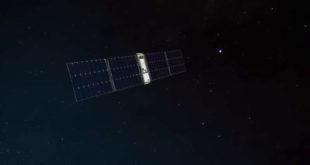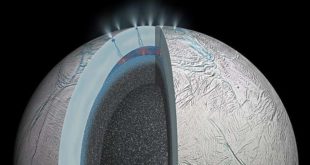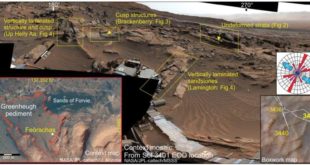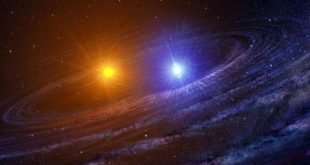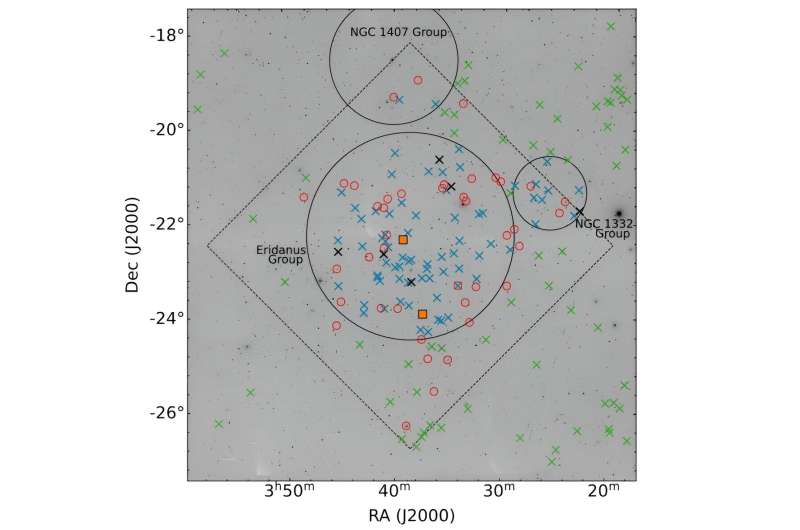
By analyzing the data from the WALLABY pre-pilot survey, astronomers from the University of Western Australia and elsewhere, have inspected 78 candidate ultra-diffuse galaxies in the Eridanus supergroup. The study was detailed in a paper published September 21 on the pre-print server arXiv.
Ultra-diffuse galaxies (UDGs) are extremely-low-density galaxies. The largest UDGs have sizes similar to the Milky Way, but have only about 1% as many stars as our home galaxy. The mystery of UDGs is still baffling scientists as they try to explain why these faint but large galaxies are not ripped apart by the tidal field of their host clusters.
Widefield ASKAP L-band Legacy All-sky Blind surveY (WALLABY) is a next-generation survey of neutral hydrogen (H I) in the local universe, running on the Australian Square Kilometer Array Pathfinder (ASKAP). So far, it has completed pilot observations of the Hydra, Norma, and NGC 4636 fields. WALLABY early science studies have been able to recover many gas-rich low-mass dwarf galaxies.
Recently, a team of astronomers led by Bi-Qing For, has analyzed the pre-pilot data from WALLABY to search for neutral hydrogen in UDG candidates found in the Systematically Measuring Ultra-diffuse Galaxies survey (SMUDGes). They investigated candidate UDGs in the field of the Eridanus supergroup (located about 65 million light years away), which contains a group of galaxy groups that may eventually merge to form a cluster.
“In this paper, we present a pilot study of H I content of optically identified UDG candidates in the WALLABY pre-pilot Eridanus field and discuss implications for their formation mechanisms,” the researchers explained.
For’s team investigated the properties and derived the physical parameters of 78 UDG candidates from the SMUDGes catalog. They found that six of them are putative UDGs, while the rest are low-surface-brightness (LSB) dwarf galaxies.
According to the study, most of the galaxies in the investigated sample have effective radii smaller than 4,900 light years. They are also generally low-mass, with masses less than 100 million solar masses, and are mostly red in color.
The astronomers noted that neutral hydrogen has been detected in only one of the studied galaxies—in a LSB dwarf designated WALLABY J033408−232125. Therefore, they expect about 22 neutral hydrogen detections as the lower limit for the full WALLABY survey, noting that the detection rate should be higher in the isolated and loose group environments.
As part of the study, the authors of the paper also investigated if tidal or ram-pressure stripping is a possible formation mechanism for UDGs in the Eridanus supergroup.
“We find a putative UDG (SMDG 0345097−223826) that could have been formed via tidal heating/interaction as it is located at the tail end of a stellar stream. If that was the case, this putative UDG would likely be a background UDG and would not be associated with the Eridanus group,” the scientists concluded.
More information:
B. -Q. For et al, WALLABY Pre-Pilot Survey: Ultra-Diffuse Galaxies in the Eridanus Supergroup, arXiv (2023). DOI: 10.48550/arxiv.2309.11799
Journal information:
arXiv
© 2023 Science X Network
Citation:
Pre-pilot survey explores dozens of candidate ultra-diffuse galaxies (2023, September 28)
retrieved 30 September 2023
from
This document is subject to copyright. Apart from any fair dealing for the purpose of private study or research, no
part may be reproduced without the written permission. The content is provided for information purposes only.
 Innovation Discoveries Latest Scientific Discoveries in Innovation
Innovation Discoveries Latest Scientific Discoveries in Innovation
